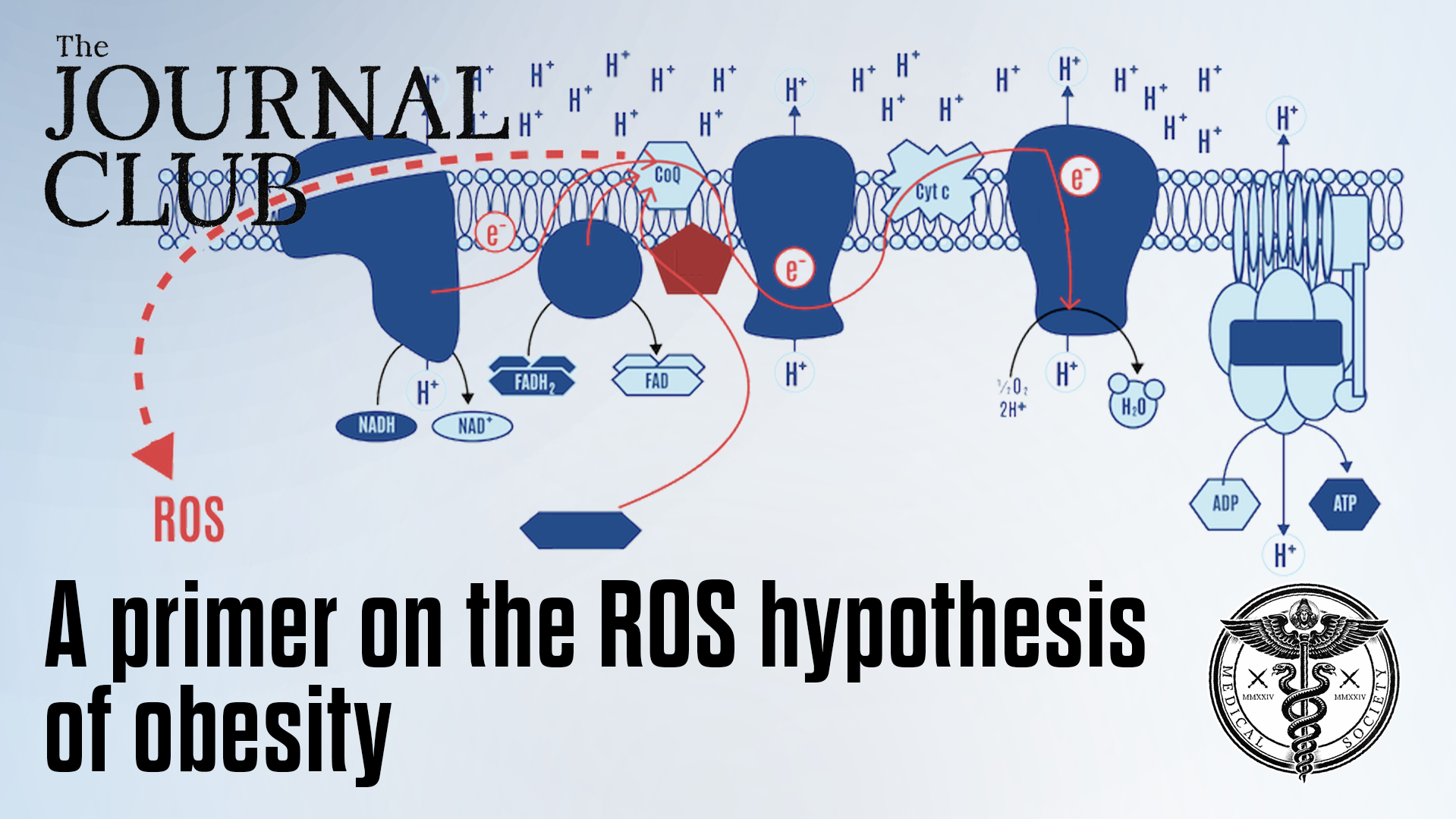Summary
This 2018 article in Science by Jeffrey Brainard and Jia You adds new insights into an ongoing story about the epidemic of retractions in science journals. A retraction happens when a problem is found in a scientific paper, the publisher withdraws the paper, and a statement is made about why the retraction was made. The number of retractions has increased tenfold in the past decade.
The reason for this is not because scientists have become less competent or trustworthy, though anesthesiologist Joachim Boldt accounted for almost 90 retractions by himself. It is largely due to increased efforts within the scientific community to police itself.
Ivan Oransky and Adam Marcus, founders of the blog Retraction Watch, recently launched a database of retractions that includes 18,000 entries from the 1970s till now. Even this is not a complete accounting of all retractions, since many publishers quietly retract papers or do not label them. Some do not include any explanation for why a paper has been retracted. Many scientific papers have multiple authors and it can be difficult to determine which author(s) were responsible for causing the retraction.
Some of the most interesting findings in this article are:
-The number of retractions is increasing, but the rate is decreasing. About 4 out of 10,000 papers are retracted, which is more than double the rate in 2003. However, the rate has been stable since 2012. More retractions are being found, but more papers are being published than ever before.
-Improved oversight at top journals is responsible for much of the increase in retractions. In 1997, only 44 journals issued a retraction. This number rose to 488 in 2016. Most top journals now have policies in place to handle allegations of scientific misconduct and use software to detect problems.
-Roughly 2% of published papers have been found to contain manipulated images.
-Of 12,000 journals in the Web of Science database, most have never issued a retraction.
-A small number of authors account for a quarter of retractions. Only 500 out of more than 30,000 authors in the database are responsible for this disproportionate number of retractions.
-Retraction rates vary greatly by country. Countries with smaller scientific communities tend to produce a higher relative number of retractions. This might be due to the effect of whistleblowers. Generally, countries with high standards for research integrity have the fewest retractions.
-Retractions are not always caused by misconduct. Close to 40% of papers are withdrawn due to errors, failed replication, or other non-fraudulent reasons. About half do involve some form of falsification, fabrication, or plagiarism. Another 10% include issues such as faked peer reviews, forgeries, or failure to obtain permission from IRBs (Institutional Review Boards) who ensure the safety of human and animal subjects.
There is a stigma attached to retractions, which makes it difficult for editors to issue this form of “death penalty” on a scientist. Journals sometimes offer vague reasons for a retraction out of fear of reprisal or a lawsuit by its author. Sometimes editors issue a correction rather than a retraction, which causes some confusion. Some have called for more standards in nomenclature and procedures for the retraction process.
This new database should make it easier for scientists to discover retractions. The article concludes that more transparency about retractions will only make science stronger.
Sometimes a paper written by a scientist has to be taken out of journals if mistakes are found later. This is called a "retraction." More retractions happen now than ever before. This isn't because scientists are getting worse. It's because more people are looking for mistakes.
Here are some facts about retractions:
More retractions happen now, but the rate compared to all papers is not going up.
Big science journals now retract more papers because they are taking the problem seriously.
About 2% of papers have fake or changed images.
Most journals have never had a retraction.
Retractions happen more often in some countries.
Not all retractions are from cheating. About 40% are from honest mistakes.
A small number of scientists cause a lot of retractions.
Having a paper retracted can upset scientists. It hurts their reputation. Journals don't always say when they retract a paper or give a reason why they retracted a paper. There should be clearer rules about this.
Overall, more retractions show scientists are getting better at catching mistakes. Being open about retractions will make science better.
--------- Original ---------
Better editorial oversight, not more flawed papers, might explain flood of retractions.Scientists sometimes have to take back their published research papers if they find mistakes or problems with them later. This is called a “retraction.” The number of retractions has gone up a lot in the past 10 years. This isn't because scientists are getting worse at their jobs. It's actually because more people are watching out for mistakes and catching them.
The article mentions several interesting facts about retractions:
More papers get retracted now, but the rate of retractions compared to all papers published has stayed about the same since 2012.
Top science journals retract more papers because they have better policies and dedicated teams to find problems.
About 2% of papers have fake or manipulated images.
Most journals have never retracted a paper.
Retractions happen more in some countries than others.
Not all retractions are from scientists cheating. About 40% happen because of honest mistakes. The other 60% are from falsifying data, plagiarism, or unethical experiments.
A small number of scientists cause a large number of retractions.
Retracting papers can be controversial. Journals don't always explain why they retracted a paper. Some scientists get upset when their work is retracted. There should be clearer rules about how retractions happen.
Overall, the increase in retractions shows that scientists are getting better at catching mistakes. Being open about retractions will improve science in the long run.
Homeschool:
Curriculum Title: Understanding Online Research & Digital Information Integrity
Objective: Parents learn how to educate their children on online research, interpreting digital information, recognizing HTTP errors, and understanding issues around retractions in scientific publishing.
Week 1: Introduction to Online Research
Activity 1: Recognizing HTTP errors
Activity 2: Understanding HTTP 403 Error
Week 2: Understanding Digital Information
Activity 1: Grasping URL structures
Activity 2: Understanding why access to a certain URL might be forbidden
Week 3: Exploring Scientific Online Databases
Activity 1: Introduction to online databases in science
Activity 2: Hands-on practice with accessing and navigating online scientific databases
Week 4: Delving into Science Publishing
Activity 1: Introduction to the process of science publishing
Activity 2: Discussion on the importance and role of science publishing in research and knowledge dissemination
Week 5: The Case of Retracted Papers
Activity 1: Understanding what retracted papers are and why retractions happen
Activity 2: Exploring a case study on retracted papers (using the given URL, if accessible)
Week 6: Contrasting Views on Retracted Papers
Activity 1: Discussing perspectives on retracted papers as a 'death penalty' in science publishing
Activity 2: Debating the fairness and implications of retracting published papers
Week 7: Ethics in Science and Publishing
Activity 1: Introduction to ethics in science and publishing
Activity 2: Role-playing activities around ethical dilemmas in publishing
Week 8: Wrap-up discussions and Reflections
Activity 1: Reflect on what they learnt about online research, digital information, and retracted papers
Activity 2: Discuss how to apply this knowledge in future online research and information interpretation
Materials Required: Internet connection, online scientific databases, related reading materials on HTTP errors, science publishing, and retracted papers.
Evaluation: Parents assess their children's understanding through discussions, reflections, and their application of learned knowledge in online research.
--------- Original ---------
Better editorial oversight, not more flawed papers, might explain flood of retractions.Let's start with the truth!
Support the Broken Science Initiative.
Subscribe today →
recent posts
Journal Club, September 25, 2025
Emily Kaplan challenged a room full of pharma executives and physicians with a radical message: MetFix affiliates around the world are reversing chronic disease not with new drugs, but by teaching people how their bodies actually work.



